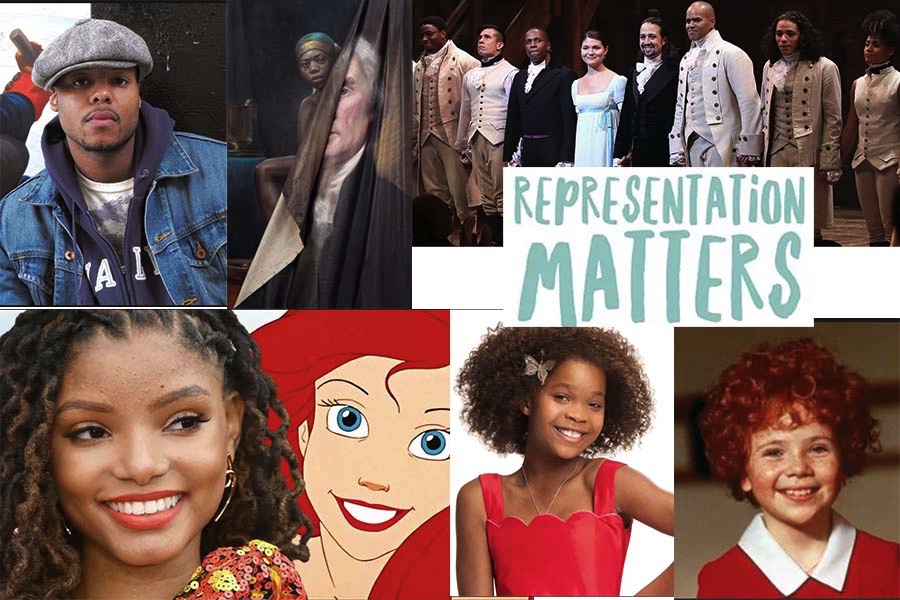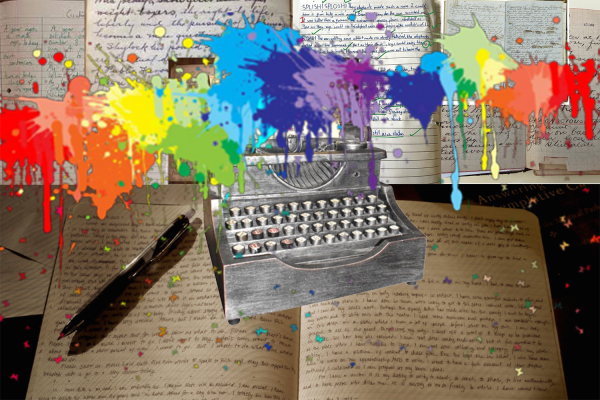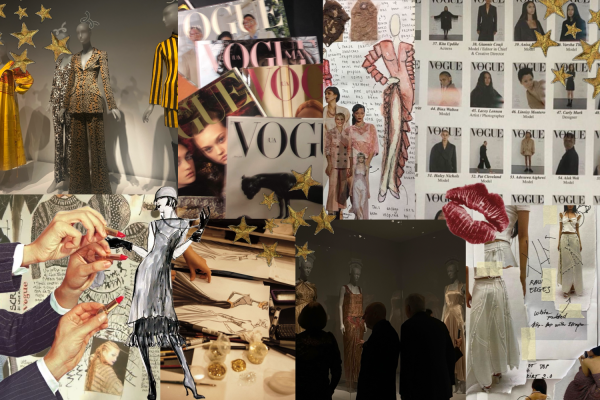Media that aims to reflect its audience must highlight diverse voices
Diverse voices that differ from historical casting can combat societal divisions.
Media that retells history in an inclusive manner can be more impactful than other forms of representation, especially if they are only performative. Presence is one thing, but seeing people in roles that would have never been cast historically is a different, greater success. Disney’s live-action remake of The Little Mermaid garnered controversy for its diverse casting that strays from the original characters’ racial backgrounds. However, this representation creates mirrors for everyone to see themselves in media without relying on their imaginations. Entertainment does not have to maintain ethnic or racial accuracy when not crucial to the plot. Diverse casting must prevail.
Ms. Halle Bailey, a Black actress, plays Ariel in The Little Mermaid live-action remake, which comes to theaters in 2023. Ms. Bailey forms part of the Grammy-nominated sibling duo Chloe X Halle. The remake features another Black actor, Mr. Daveed Diggs, as Sebastian and an Asian actor, Ms. Nora “Awkwafina” Lum, as Scuttle. When Disney revealed the cast, there was an uproar from the general public.
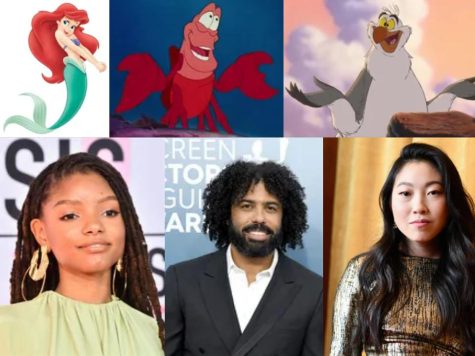
This is not the first time a remake of a movie has changed the ethnicity or race of its characters. In the 2014 remake of Annie, Ms. Quvenzhané Wallis, a Black actress, portrayed the traditionally redhead main character. This version of Annie allowed the Black community to see themselves in a popular musical.
Mr. Titus Kaphar began reconfiguring paintings following a conversation with his sons about the role of Black people in different works of art. Mr. Kaphar reconstructs paintings to bring forth the presence of Black Americans, “pull back the velvet curtain of history” by “unearth[ing] the past’s inconvenient truths, and to shine a restorative light on those residing in the shadows,” according to The New York Times.
In his TEDTalk “Can art amend history?,” Mr. Kaphar took a copy of a Frans Hals portrait of an aristocratic family from the sixteenth century and covered the main subjects to highlight a Black servant who had previously been in the background. Mr. Kaphar works to change the narrative around Black Americans and tell a new story that aims to include all perspectives. Media that retells history in a way that emphasizes inclusion does not have to mean that history is rewritten. History should aim to elevate the voices of all people, not only a select few.
The Broadway musical Hamilton’s diverse cast serves the same purpose, as it places actors of color in new roles. Hamilton shares the story of Mr. Alexander Hamilton, a Founding Father and the first United States Secretary of the Treasury. Hamilton is set in the eighteenth century when the leaders of the United States were white men. However, the show’s main characters are intentionally non-white actors.
Dr. Renee Romano is a historian and professor at Oberlin College. Dr. Romano edited and contributed to a collection of 15 essays in a volume titled Historians on Hamilton: How a Blockbuster Musical is Restaging America’s Past. The essays explore the musical’s impact on history, art, and education.
“What does it mean to be raising a generation of kids from rural Ohio to think that George Washington could have been black?” Dr. Romano asked, according to smithsonianmag.com.
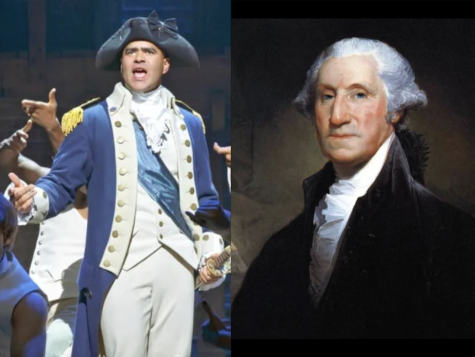
In Hamilton’s original cast, Mr. Christopher Jackson originated the role of President George Washington. It is not that children will watch the musical and misunderstand it, coming to the conclusion that Mr. Washington was Black, but as Dr. Romano asked, these children will grow up to think that Mr. Washington could have been Black and that a president can be Black. As a result, non-Black youth will see themselves and their Black peers as welcome in places of power.
Critics have said that placing people of color in roles without discussing their ethnic or racial backgrounds can be performative or simply for the appearance of implementing diverse casting. Yet, it is important for people of color and others to see diversity in the media. This creates a place for minorities in any room. While acknowledging that change can prove necessary in situations when race is relevant, it is also crucial to present diverse casting as the norm.
Admittedly, it does not always make sense to change the racial or ethnic background of real-life people in media adaptations, such as in Broadway’s To Kill a Mockingbird. Race and appearance influence the interactions between the characters in To Kill a Mockingbird. Yet when the racial background of a character is of lesser importance to the plot and rather serves as a means of maintaining societal lines, casting directors should take liberties to ensure that their media reaches and represents a larger audience.
Color-blind casting occurs when roles are open to people of any race, and directors cast characters without regard to their appearance. Although the diversity of the Hamilton cast points toward color-blind casting, this is not the case as the cast is intentionally diverse. Actors of color, for example, portray the Founding Fathers of the United States, Mr. Hamilton, Mr. Thomas Jefferson, Mr. James Madison, and Mr. Washington, in the show.
Mr. Lin-Manuel Miranda is an American actor, composer, lyricist, and filmmaker who created Hamilton. Mr. Miranda intended the show to be relevant and to act as a mirror for modern society. Although he wrote the first song in 2009 and Hamilton premiered in 2015, Mr. Miranda’s goal is for the musical to bridge the distance between the past and the present and reflect the world in which the audience lives, according to theguardian.com.
The musical aims to connect the audience with America’s creation story through “diversity instead of literal representation” that permits the cast to further explore the stories of the past, according to latimes.com. Hamilton paints a picture of Americans that eliminates barriers and demonstrates that everyone can rise and fall.
Hamilton gives people of color ownership over American history and American origin stories. Similarly, The Little Mermaid remake lets people of color envision themselves as mermaids and other creatures in the sea. If Black people cannot see themselves in fiction, how can they create a place for themselves in the real world?
Dr. Leslie Harris, professor of History and African American Studies at Northwestern University, considers the absence of both the slaves and free Black community in Hamilton that existed at this time as a missed opportunity for inclusion. From Dr. Harris’ perspective, the show presents a historical narrative that continues to exclude people of color, according to smithsonianmag.com. Yet, it is not just any representation that makes a difference.
It is positive representation that changes the narrative for people of color. Keeping people of color in roles that perpetuate the idea that there is only one place for them in society, corners minorities into a single role for their entire lives. Mr. Miranda describes Hamilton as “a story about America then, told by America now,” according to theatlantic.com. Representation that creates mirrors for all to see themselves in both the past and the present removes obstacles to success.
Featured Image by Gabrielle Wheeler ’23

In Gabrielle’s third year on the staff of the King Street Chronicle, she is delighted to return as Head Content and Graphics Editor. Gabrielle is eager...

